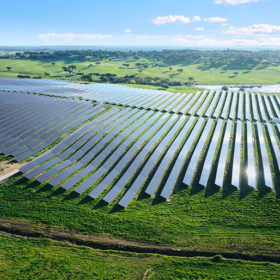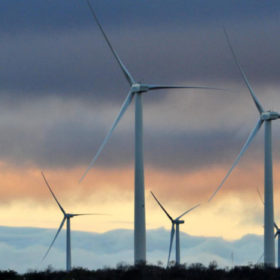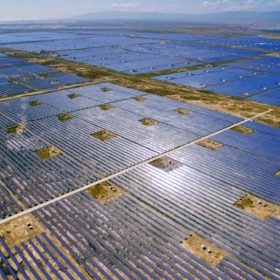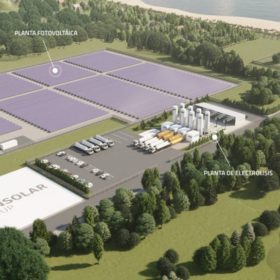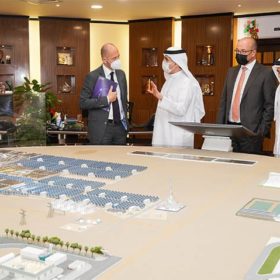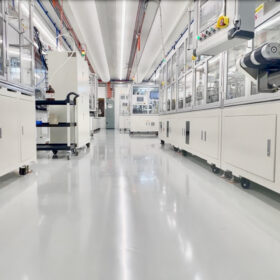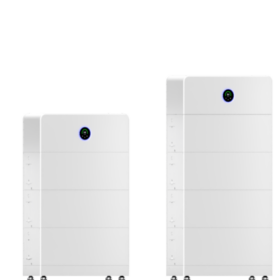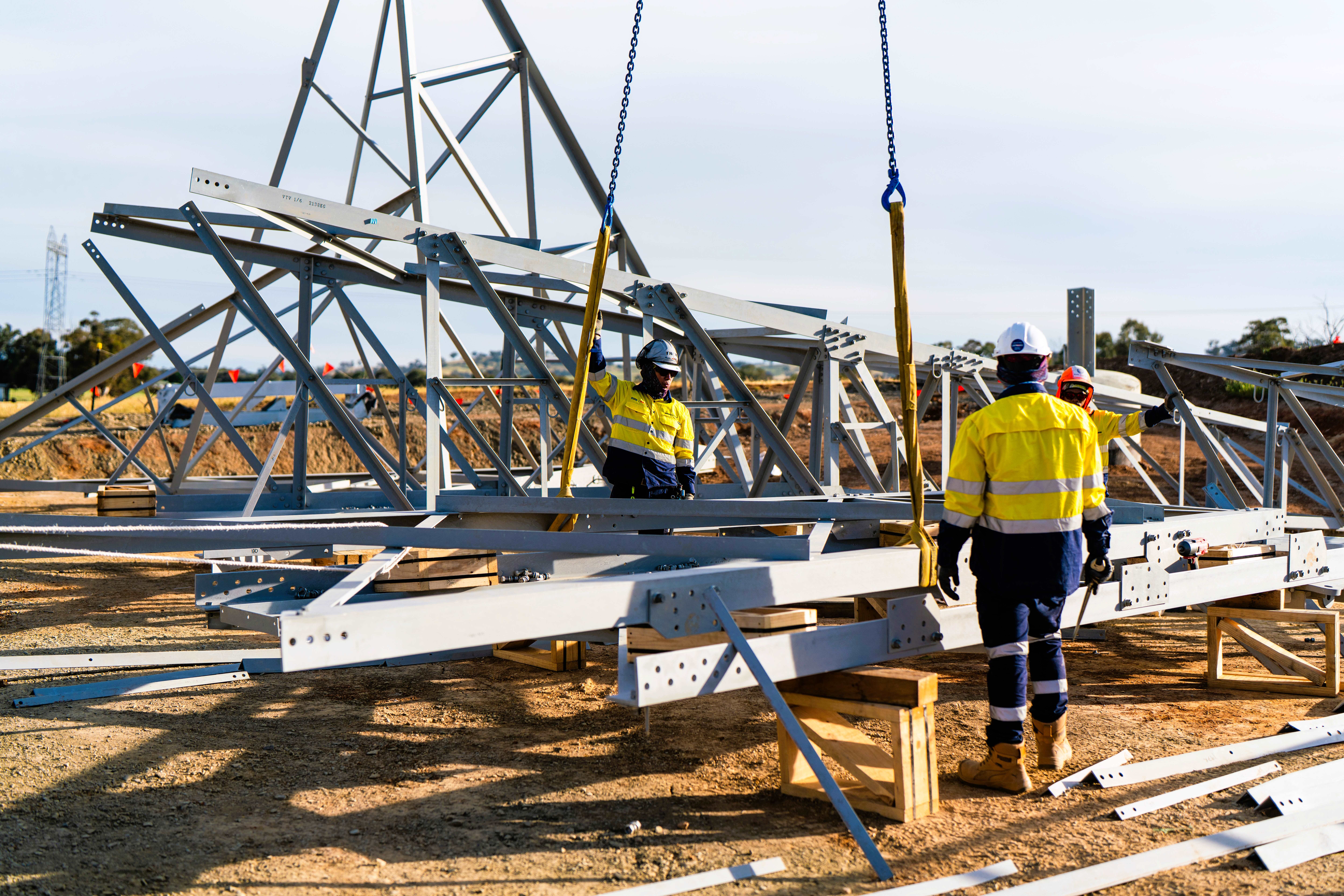Saturday read: Five trends to watch in Southeast Asia
Minh K Le, senior renewables analyst at Rystad Energy, examines five key trends to watch in Southeast Asia utility-scale solar, as mega-scale projects ramp up, Indonesia emerges, and Vietnam steps back.
Woodside reveals large-scale solar plan for Western Australia
Oil and gas giant Woodside Energy is exploring a move into large-scale solar PV, floating plans to develop a 100 MW solar plant alongside its Pluto liquefied natural gas (LNG) facility in Western Australia’s Pilbara region.
Fronius launches new inverter for large-scale PV plants
The 50 kW version of the new inverter features an efficiency of 98.6% and a European efficiency of 98.1%. It can be deployed with a decentralised approach, next to the PV modules, or centralised, at the grid connection point.
Stanwell announces new battery as part of state storage blitz
The Queensland Government is doubling down on its renewable energy strategy, announcing the state’s largest battery is soon to be connected to the grid and unveiling plans to build a large-scale standalone battery alongside the coal-fired Tarong Power Station.
Plans for $1bn of solar-powered green hydrogen and ammonia in Abu Dhabi
Details are thin on the ground as yet, but Emirati newspaper The National has reported the port facility will be linked to an 800 MW solar field at the site.
Large-scale solar PV slows as big battery investment takes off
Renewable energy developers in Australia have turned their attention to energy storage with the level of investment in utility-scale batteries skyrocketing by more than 300% in the past three months but that has been offset by a worrying decline in the number of large-scale solar PV and wind projects reaching financial close.
Tool offers insight into how solar and wind impact wholesale electric prices
U.S. Department of Energy’s Berkeley Lab has devised a tool to allow users to compare pricing trends across locations, regions, and timeframes, down to the nodal level.
Saturday read: New applications see surge in Chinese demand
China’s project development segment is dynamic, to say the least. Having undergone significant changes toward a “subsidy-free” footing, developers are now facing requirements to integrate storage, deploy hybrid arrays, and pursue self consumption through BIPV and agrivoltaics applications, writes Frank Haugwitz, the director of the Asia Europe Clean Energy (Solar) Advisory (AECEA).
Hydrogen to be produced from seawater in Spanish solar-plus-storage plant
Spanish PV project developer Gransolar is planning to build a large-scale green hydrogen production plant in the Port of Almería, in southern Spain.
Dubai’s first green hydrogen project comes online
The project is the first solar-powered green hydrogen facility in the Middle East and North Africa (MENA) region.





